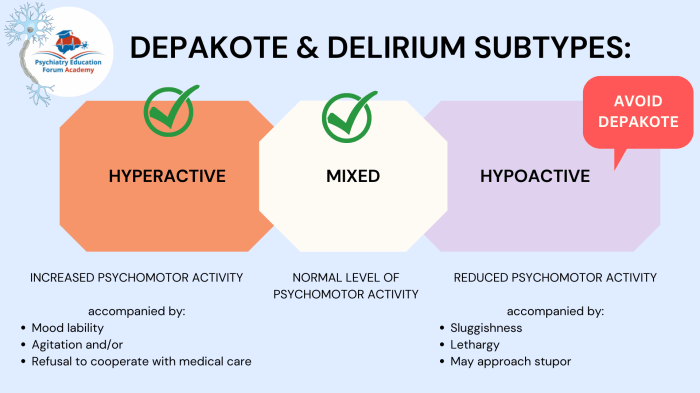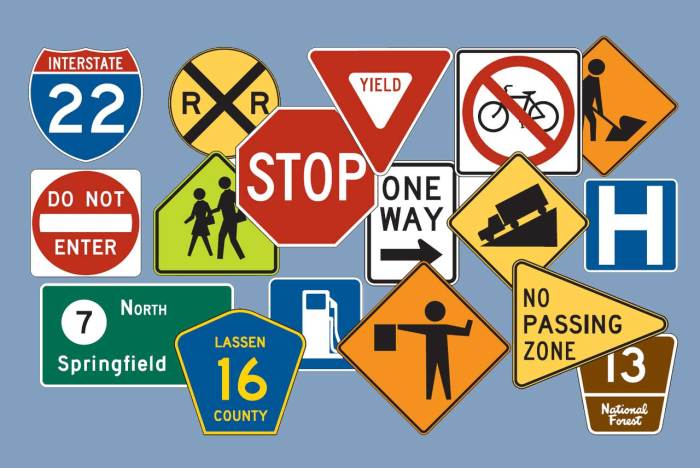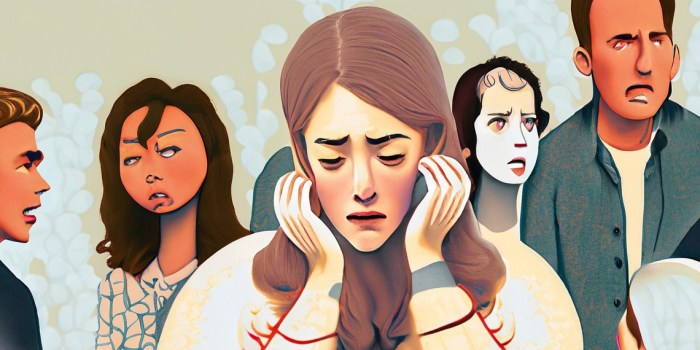Post SSRI erectile dysfunction is a complex issue affecting many individuals taking selective serotonin reuptake inhibitors (SSRIs). This in-depth exploration delves into the potential link between SSRIs and sexual dysfunction, examining the various mechanisms involved, the symptoms experienced, and available treatment options. We’ll also discuss underlying factors and preventative strategies. Understanding the potential for SSRIs…
Tag: mental health
How Depression Is Diagnosed A Comprehensive Guide
How depression is diagnosed is a multifaceted process, requiring careful consideration of various factors. From understanding the core symptoms and diagnostic criteria to the crucial role of the clinician and cultural sensitivities, this exploration delves into the complexities of accurately identifying depression. We’ll examine the historical evolution of diagnostic methods, exploring the strengths and weaknesses…
Different Types of OCD A Deep Dive
Different types of OCD sets the stage for this enthralling narrative, offering readers a glimpse into the complexities of this condition. We’ll explore the various obsessions and compulsions that define different OCD experiences, delving into the underlying anxieties and fears that fuel them. Understanding the diverse manifestations of OCD is crucial for comprehending its impact…
How Long Does Postpartum Depression Last? Understanding the Journey
How long does postpartum depression last? This question weighs heavily on the minds of new mothers and their loved ones. It’s a complex journey, marked by a spectrum of experiences, and understanding the timeframe is crucial for navigating this challenging period. This article delves into the duration of postpartum depression (PPD), exploring the factors that…
Whats the Difference Between Delirium and Dementia?
Whats the difference between delirium and dementia? These two conditions, though both affecting cognitive function, have vastly different characteristics, onsets, and courses. Understanding these distinctions is crucial for accurate diagnosis and effective treatment. Delirium typically emerges suddenly, often triggered by an underlying medical issue, and involves fluctuating attention and awareness. Dementia, on the other hand,…
Signs of Depression in Men Hidden Struggles
Signs of depression in men often manifest differently than in women, leading to delayed recognition and treatment. Societal pressures and cultural norms frequently discourage men from seeking help, masking the underlying issue. This in-depth exploration delves into the various signs, from emotional and behavioral changes to subtle physical indicators. We’ll also discuss the challenges men…
Coping When Loved One Doesnt Recognize You
Coping when loved one doesnt recognize you – Coping when a loved one doesn’t recognize you is a deeply challenging experience, filled with a spectrum of emotions and complex situations. This journey explores the emotional toll of such a situation, from the initial shock and confusion to the potential long-term impact on the relationship. We’ll…
Prozac Fluoxetine vs Lexapro Escitalopram A Deep Dive
Prozac fluoxetine vs lexapro escitalopram: A comparison of these two popular antidepressants, both Selective Serotonin Reuptake Inhibitors (SSRIs), is crucial for individuals seeking effective treatment. This in-depth look examines their mechanisms of action, common side effects, dosage ranges, and potential interactions. Understanding the nuances between these drugs empowers informed decision-making with a healthcare professional. This…
Acute Trauma vs Chronic Trauma Understanding the Differences
Acute trauma vs chronic trauma: This exploration delves into the distinct impacts of sudden, intense experiences versus ongoing, pervasive stress. Understanding these differences is crucial for providing appropriate support and treatment. We’ll examine the physiological and psychological responses, the developmental effects, and the various treatment approaches. Acute trauma often stems from a single, shocking event…
Fear of People Anthropophobia Explained
Fear of people anthropophobia – Fear of people, anthropophobia, is a specific phobia characterized by an intense and persistent fear of other people. It’s different from general social anxiety, often focusing on a broad range of social situations rather than a specific fear of interaction. This fear can vary in severity, from mild discomfort to…










